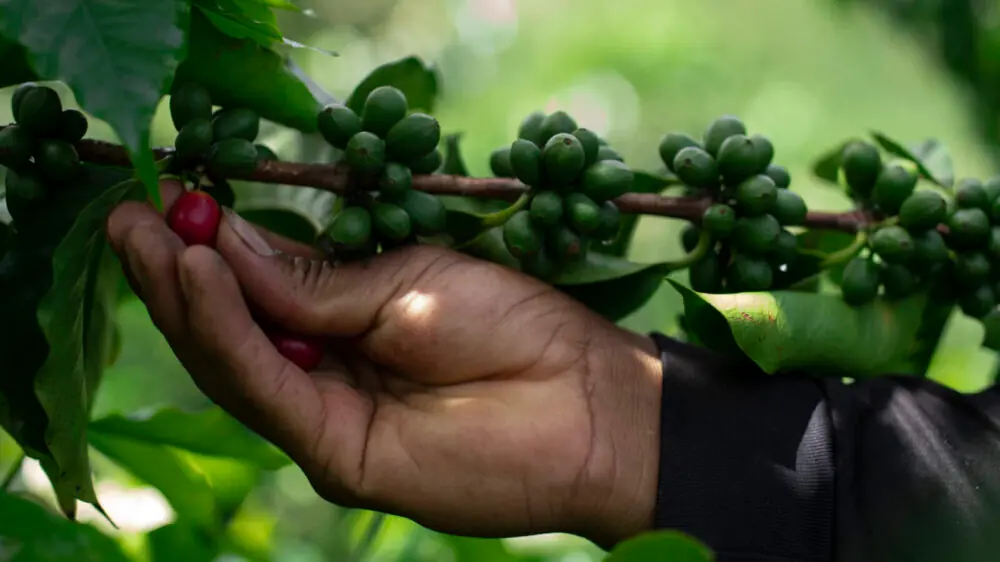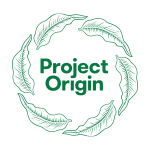
Hi coffee lovers,
It’s been a wild few months in the global coffee market, and yes, that’s considering the last two years have been pretty wild! So we wanted to share an update with you about what is happening with, and how you can prepare for, two major elements of the specialty coffee supply chain:
We share this update to prepare you and your business for what 2022 will bring and to encourage you to get in contact about how this all can work with your business. The more prepared we are, the better we can navigate the challenges that are staring us in the face. The good news is, if we act in a way that’s true to the things the specialty coffee industry has always said it values – fair prices for farmers, transparency, a sustainable coffee industry – then not only will we get through this, but we’re also going to see a better and fairer specialty coffee industry on the other side for years to come.
Together we will thrive.
Commodity market coffee prices
In the last 6 months, the price of commodity coffee has risen from $1.25 to $2.25 USD/lb.

Reference: Nasdaq.com
https://www.nasdaq.com/market-activity/commodities/kt%3Anmx
If you’ve never looked at global market prices before, the main takeaway is this:
The price of commodity level coffee (coffee scoring less than 80 points) has increased by 80% in 6 months.
Even though specialty coffee is not bought and sold on the commodity market, most specialty coffees, particularly those scoring between 80-85 points, are priced in a way that is still connected to the commodity market. In some cases today, the new commodity price of $2.25 USD/lb is actually higher than what was previously paid to specialty producers, even from January 2021.
What this means is prices of coffees scoring 80-85 points are going to move up rapidly. By how much will depend on the origin, the variety, the process, and the size of the farm or exporter it comes from. But you can expect that price rises of $2.00 to $3.00 USD/kg will be pretty normal given how sharp the market has moved and how quickly it’s happened.
If you want to know why the market has moved so sharply upwards in more detail, below are some good resources to give you insight.
Additional reading:
While a shift in price like this has been needed in our industry for a long time, the catalyst for such a dramatic adjustment has been the climate change severely impacting Brazil, which is the largest global coffee producer. The droughts and frosts this year have damaged the coffee trees not only for this season’s harvest, but also for 2022 and possibly 2023 harvests as well. It is the largest environmental damage caused to the country in 7 years.
No one knows for sure how long prices will stay so elevated but based on what happened in 2014, it is possible prices stay elevated for 12 months.

Reference: Nasdaq.com
What can you do about it?
In three words: forecast and plan.
There’s no avoiding this. Sooner or later the cost of the exact same coffee you’re buying now will rise. Ultimately you need to prepare your business for the increased cost and work out whether your business will wear it, or pass some or all of it on to your wholesale and retail clients.
But this is not all doom and gloom. In fact, we see this as an opportunity to propel our industry forward. This is where the value of the specialty coffee industry comes in. You know how we’ve always talked about paying fair prices to farmers, and ensuring specialty coffee production is sustainable? Well, the estimated cost of production at around June of this year was estimated around $1.20-1.80 USD/lb, depending on the origin, the location of a specialty coffee farm and how hard it is to harvest coffee there. The market price would be around $1.30 USD/lb as a historical average over the last 10 years. By these numbers, producers are selling their coffees below cost of production. So, this price rise has really just brought home the point that for many years the market has under-valued coffee. And as a specialty industry, this is not what we are about.
Right now, if we collectively establish fairer prices for producers, we might find ourselves laying the foundations for a fairer specialty coffee industry. And that might mean when the commodity market returns to under-valuing coffee production and paying producers less than their cost of production (which is historically what it has done), the specialty coffee industry, and roasters like you, will have demonstrated the power and the vision to be part of the solution and put your money where your mouth is when we say it’s time producers were paid fairly.
If we choose to be part of the solution, the next vital step to success is education. Green coffee importers, roasters, baristas, cafes, and the final coffee consumer need to be aware that this price rise isn’t only happening because there was a drought and frost in Brazil. The climate conditions simply gave all of us the momentum we needed to drive the cost of a cup of specialty coffee closer to its true value. If your baristas and your customers can appreciate that fact, and still come back to enjoy fine coffee, then they will feel good knowing they are paying more for a quality product and a larger proportion of their money is going directly to producers. It is all our jobs to ensure that this message is received.
What about the global freight rates and timeframes?
Since the Covid-19 pandemic began, international supply lines, air and sea freight have been increasingly stretched to the point where delivery times are blowing out and stock of many things run out as a regular occurrence.
Now, this one, unfortunately we can’t do much about. But it is important to be aware of because on top of the rising cost of coffee itself, the cost of shipping coffee from origin to anywhere else is rising too, and the timeframes are becoming unpredictable. Because freight companies everywhere are experiencing massive demand, they just don’t have the ships and planes needed to move everything in the kind of timeframes they used to.
So, for coffee, containers of green beans are:
This situation is not likely to ease for the next 9 months or more as the world recovers from the major disruptions to supply chains.
What can you do about it?
Same three words: forecast and plan.
The best way to work through this is communicating with your green bean supplier. They should have the most up-to-date information about how long it’s taking to get coffee into your country and what delays you should expect.
But do yourself, your business, and your customers a favour: don’t rely on there being coffee available to purchase two days before you run out of stock. Supply chains are stretched and costs are going up. It’s unlikely your usual green bean supplier will be holding on to extra stock just waiting for you to call and request a few bags.
Plan ahead. Calculate what you need to keep your business operating. Consider contracting it so your supplier holds stock you need, or maybe consider storing buffer stock in your roastery. You can also work out alternative origins you might use in case what you’re currently using most often, like Brazil or Ethiopia, runs out of stock because in this current environment it’s bound to happen.
If you want to plan for supply from any particular origin, whether for the next month or the next 12 months, chat to any of our sales team, so we can give you advice on what might suit your business, the options you have and how best to tackle the current events that are occurring.
You can always get in touch at [email protected]
Now let’s work together to make the specialty coffee industry better, stronger, and fairer.
Stay caffeinated.
Habib Maarbani
Project Origin | General Manager
Stay up to date with our Project Origin projects and latest specialty green bean coffee imports
We acknowledge the Traditional Owners of the land on which we work, the Ngunnawal people. We pay our respects to elders past, present and emerging.
